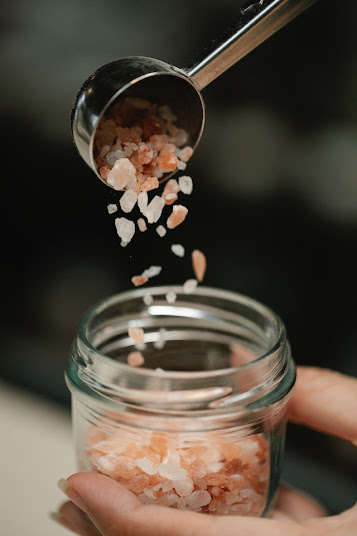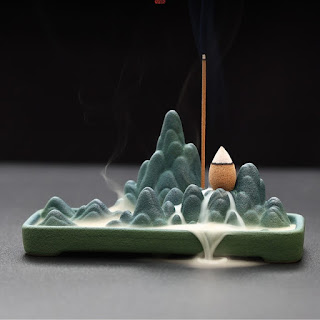Do you ever feel like you need a quick pick-me-up or a way to revive your senses?
Smelling salts are a great way to get a burst of energy and clarity when you need it most. These simple, yet effective, remedies have been used for centuries to revive fainting individuals, boost energy levels, and clear nasal passages.
If you're wondering where to buy smelling salts, you've come to the right place!
In this comprehensive guide, we'll explore the best places to purchase smelling salts, what to look for when shopping and some frequently asked questions about this traditional remedy.
What are Smelling Salts?
Smelling salts are a traditional remedy used to revive fainting individuals or provide a burst of energy and clarity.
They typically come in a small, portable container and contain a mixture of ammonium carbonate, water, and perfume.
When the container is opened, ammonia fumes are released, which can stimulate the respiratory system and increase blood flow to the brain.
Benefits of Using Smelling Salts
Smelling salts offer a variety of benefits, including:
-
Reviving fainting individuals: When someone faints, their blood pressure drops and their breathing slows down. Smelling salts can stimulate the respiratory system and increase blood flow to the brain, helping to revive the individual.
-
Boosting energy levels: If you're feeling tired or lethargic, a whiff of smelling salts can provide a quick burst of energy and mental clarity.
-
Clearing nasal passages: Smelling salts can also help to clear congestion and open up your nasal passages, making it easier to breathe.
-
Increasing mental alertness: The ammonia fumes released by smelling salts can stimulate the nervous system and increase mental alertness, making it a popular choice among athletes and students.
-
Improving athletic performance: Smelling salts have also been used to improve athletic performance by providing a quick burst of energy and mental focus.
Where to Buy Smelling Salts
There are several options for purchasing smelling salts, including:
Online Retailers:
Online retailers like Amazon and eBay offer a wide selection of smelling salts from various brands.
Local Drugstores:
Most local drugstores carry smelling salts in their first aid sections.
Health and Wellness Stores: Health and wellness stores like GNC and Vitamin Shoppe often carry smelling salts as part of their energy and focus supplements.
Athletic Stores:
Athletic stores like Dick's Sporting Goods and Academy Sports + Outdoors may carry smelling salts in their training and recovery sections.
Specialty Shops:
There are also specialty shops that specialize in selling aromatherapy products, including smelling salts. These shops often carry a variety of scents and formulations to suit different needs.
When shopping for smelling salts, it's important to consider the quality of the ingredients, the reputation of the brand, and user reviews. Look for products that use high-quality ingredients and come in easy-to-use packaging.
It's also a good idea to choose brands that have a good reputation for producing safe and effective products. User reviews can also be helpful in determining which products are worth trying.
Frequently Asked Questions
Are Smelling Salts Safe to Use?
When used as directed, smelling salts are generally safe to use. However, they can be harmful if ingested or used improperly. Always follow the manufacturer's instructions when using smelling salts and keep them out of reach of children and pets.
How Long Do Smelling Salts Last?
The effects of smelling salts typically last for a few minutes. After that, you may need to use them again to experience the same effects.
How Often Can I Use Smelling Salts?
It's generally recommended that you use smelling salts no more than once per day. Overuse can lead to addiction or other health problems.
Are Smelling Salts Addictive?
While smelling salts are not considered addictive in the traditional sense, some people may become psychologically dependent on them. It's important to use them only as directed and not to rely on them as a long-term solution for energy or focus.
Can I Travel with Smelling Salts?
If you plan to travel with smelling salts, it's important to check with your airline or transportation authority to see if they are allowed. Some airlines may prohibit them due to their strong odor.
Conclusion
If you're looking for a quick and easy way to revive your senses, boost your energy levels, or clear your nasal passages, smelling salts may be the solution you've been searching for. With a variety of options available online and in stores, it's easy to find a product that suits your needs. Just be sure to choose high-quality products, follow the manufacturer's instructions, and use them only as directed.
Happy shopping!


















.jpg)

.jpg)

